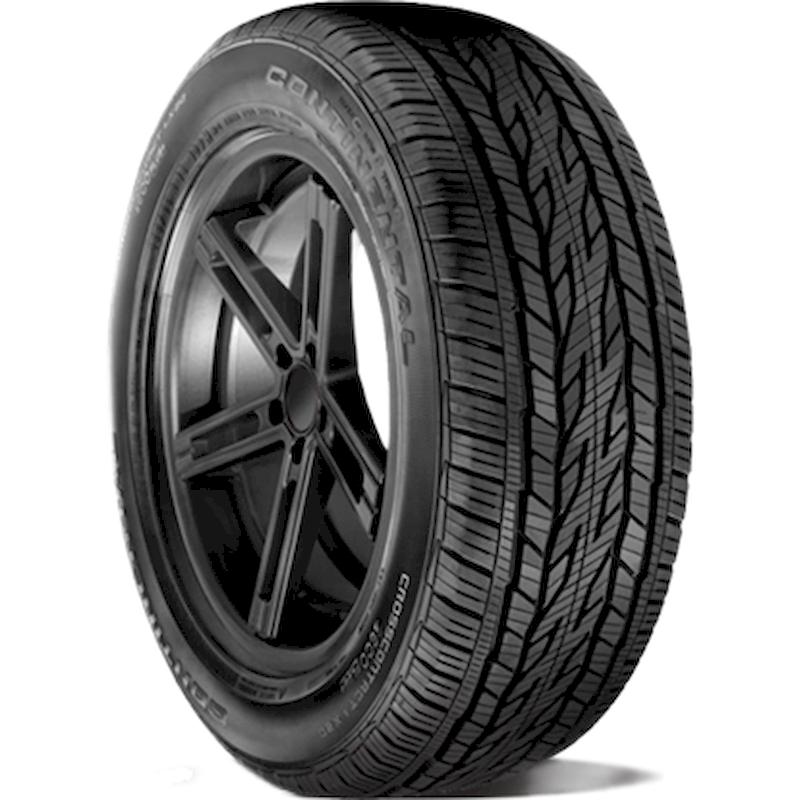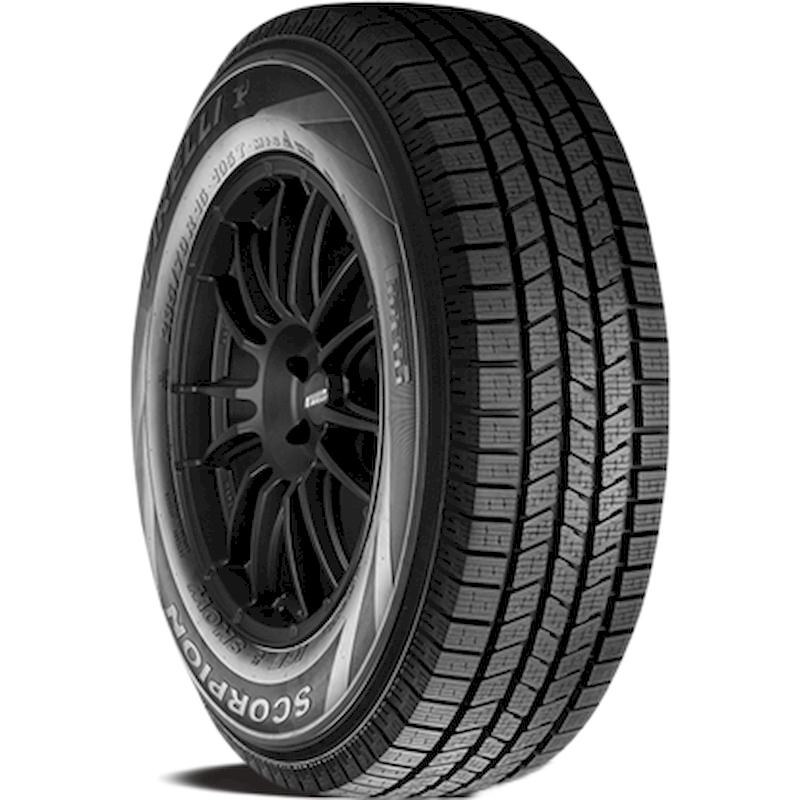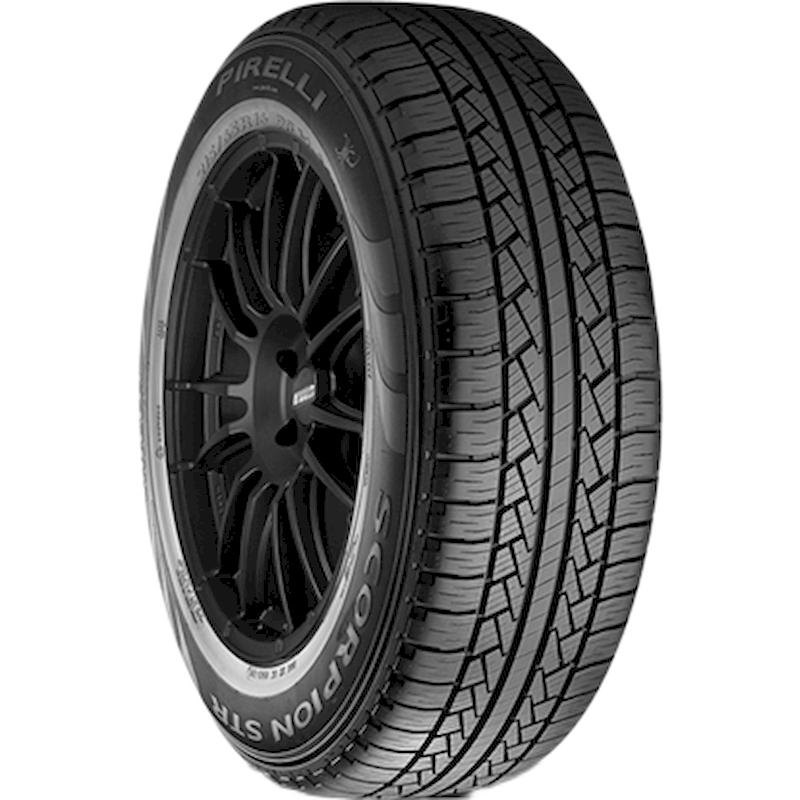Understanding how to know when to replace tires is crucial for every vehicle owner. Tires are the only point of contact between your vehicle and the road, making them vital for safety and performance. Over time, tires wear down due to various factors, including road conditions, driving habits, and weather. Driving on worn tires can lead to decreased traction, longer stopping distances, and an increased risk of hydroplaning or blowouts. Therefore, regular tire inspection and awareness of the signs that indicate replacement is necessary can not only enhance your vehicle’s performance but also significantly improve your safety while driving. This article serves as a comprehensive guide on how to know when to replace tires, covering essential indicators, tips for regular maintenance, and more.
The Importance of Regular Tire Maintenance
Before diving into the specific signs that indicate it’s time to replace your tires, it’s important to understand the value of regular maintenance. Tires are essential components of your vehicle, and their condition directly impacts safety, fuel efficiency, and handling. Here’s why regular tire maintenance is important:
Safety on the Road
Worn or damaged tires can compromise your safety while driving. Adequate tread depth is essential for maintaining grip on wet or slippery surfaces, as it helps channel water away from the tire. Tires with insufficient tread can lead to skidding or reduced control, especially in adverse weather conditions.
Enhanced Fuel Efficiency
Tires that are correctly inflated and well-maintained contribute to better fuel efficiency. Under-inflated tires increase rolling resistance, leading to higher fuel consumption. Regular checks and timely replacements ensure that your vehicle operates at its best, saving you money in the long run.
Prolonging Tire Life
Understanding how to know when to replace tires also involves recognizing how to maintain them properly to extend their lifespan. Regular tire rotations, alignments, and balancing can help distribute wear evenly across all tires, delaying the need for replacements.
Signs That Indicate It’s Time to Replace Tires
Knowing how to identify the signs that suggest it might be time to replace your tires is essential for every driver. Here are some key indicators to monitor:
Tread Depth Depreciation
One of the most significant factors in determining tire health is tread depth. The tread on your tires provides the necessary grip for braking and cornering. As tires wear down, they lose this essential traction. To check the tread depth, you can use the penny test:
- Insert a Penny: Take a penny and insert it into the tread grooves of the tire with Lincoln’s head facing down.
- Check Visibility: If you can see the entire head, your tread depth is insufficient, indicating that it’s time to replace your tires.
Uneven Wear Patterns
Regular inspection of the tires can reveal uneven wear patterns. These inconsistencies may result from improper inflation, misalignment, or other mechanical issues. Look out for the following signs:
- Excessive wear on the outer edges: This can indicate under-inflation.
- Bald spots or excessive wear in the center: This may suggest over-inflation.
If you notice uneven wear, it may not just mean it’s time for new tires but also that your vehicle needs mechanical attention to address underlying issues.
Cracks and Bulges in the Sidewall
Physical damage to the tire’s sidewall can indicate that it’s time to replace. Check for the following signs:
- Cracks or cuts: Visible cracks and cuts can compromise the structural integrity of the tire.
- Bulges or blisters: A bulge represents a weakening of the tire, leading to a potential blowout.
Inspecting your tires regularly for these issues can help you catch problems early and prevent dangerous situations.
Vibration or Noise While Driving
If you experience unusual vibrations or noise while driving, this could be indicative of tire issues. Although vibrations can sometimes point to alignment or suspension issues, they may also suggest problems with your tires. Listen for any unusual sounds coming from the tires when driving, as this could indicate uneven wear or damage.
Age of the Tires
Tires have a life expectancy regardless of mileage. Most manufacturers recommend replacing tires every six years, even if they appear to have adequate tread. The rubber compounds in tires can deteriorate over time due to exposure to the environment. Always check your manufacturer’s guidelines regarding tire replacement.
To check the age of your tires, refer to the DOT code printed on the sidewall. The last four digits represent the week and year the tire was manufactured. For example, if it reads 2319, the tire was made in the 23rd week of 2019.
The Role of Proper Tire Inflation
Maintaining the correct tire pressure is vital in understanding how to know when to replace tires. Both under-inflation and over-inflation can lead to uneven tire wear and compromised safety.
Monitoring Tire Pressure
You should regularly check the tire pressure, ideally once a month, using a reliable tire pressure gauge. Ensure that the pressure is at the recommended level specified in your vehicle’s owner manual. Correctly inflated tires offer better fuel economy, longer lifespan, and improved handling.
Consequences of Incorrect Inflation
- Under-inflation: Leads to increased rolling resistance, higher fuel consumption, and more rapid tread wear.
- Over-inflation: Can reduce the contact area with the road, leading to decreased traction, especially in wet conditions.
Understanding the implications of tire inflation can not only prolong the lifespan of your tires but also help you know when you might need replacements.
Understanding Tire Rotation and Alignment
Regularly scheduled tire rotation and alignment are vital aspects of tire maintenance. These practices can distribute wear evenly across tires and improve vehicle handling.
Tire Rotation Guidelines
Most manufacturers recommend rotating your tires every 5,000 to 8,000 miles. However, it’s essential to refer to your vehicle’s owner manual for specific guidelines unique to your model. Proper rotation helps maintain even tread wear, which can ultimately extend the life of your tires.
Importance of Wheel Alignment
Wheel alignment involves adjusting the angles of your vehicle’s wheels to ensure they are perpendicular to the road. Proper alignment helps in maintaining even tire wear and improves handling. Misalignment can lead to significant differences in wear rates among your tires, making proper alignment crucial for extending tire life.
Seasonal Considerations
Tires perform differently in various weather conditions. Understanding how to know when to replace tires also encompasses awareness of seasonal variations that affect tire performance.
Winter and Summer Tires
Many drivers benefit from seasonal tire changes. Winter tires are specifically designed to offer better traction in snowy or icy conditions, while summer tires excel in warm, dry conditions. If you live in an area with distinct seasonal changes, switching tires according to the season can enhance your safety and prolong the life of the tires.
Performance Under Different Conditions
Keep in mind that all-season tires may not perform equally well in extreme conditions. If you notice compromised performance during adverse weather conditions, it may be time to evaluate your current tires. If they’re worn down, consider replacing them with tires suited to your local climate.
Tire Maintenance Best Practices
Knowing how to prolong the lifespan of your tires can delay the need for replacements while ensuring safety and effective performance. Here are some essential tire maintenance practices:
Regular Inspections
Conduct visual inspections of your tires every month. Look for any signs of wear, damage, or abnormalities. Basic tire care can prevent unnecessary replacements and keep you safe on the road.
Maintain Proper Alignment
As mentioned earlier, ensuring your vehicle’s wheels are correctly aligned and balanced significantly helps in reducing wear. If your vehicle pulls to one side or you notice irregular tire wear, it may be time for an alignment.
Keep Tires Clean and Free of Debris
Maintaining your tires is about more than just their surface. Clean your tires periodically to remove dirt, brake dust, and debris. This cleaning not only helps with aesthetics but also can prevent damage.
Avoiding Overloading
Each tire has a specific load limit. Avoid exceeding this limit as doing so can lead to tire strain, wear, or catastrophic failure. Ensure you know your vehicle’s load limits and stick to them.
Conclusion
Understanding how to know when to replace tires is a crucial part of vehicle safety and maintenance. From monitoring tread depth and inspecting for physical damage to keeping tires properly inflated and aligned, regular care can extend the life of your tires. Moreover, recognizing the signs that indicate the need for replacement can prevent dangerous driving conditions that culminate in accidents.
As you navigate the nuances of tire care, remember that your tires are the primary contact point with the road, affecting your vehicle’s performance and safety. By making informed decisions about tire maintenance and replacements, you not only ensure your safety but also optimize your vehicle’s performance and fuel efficiency. Adopting these best practices will not only help you know when to replace tires, but it will also contribute to a healthier driving experience overall.